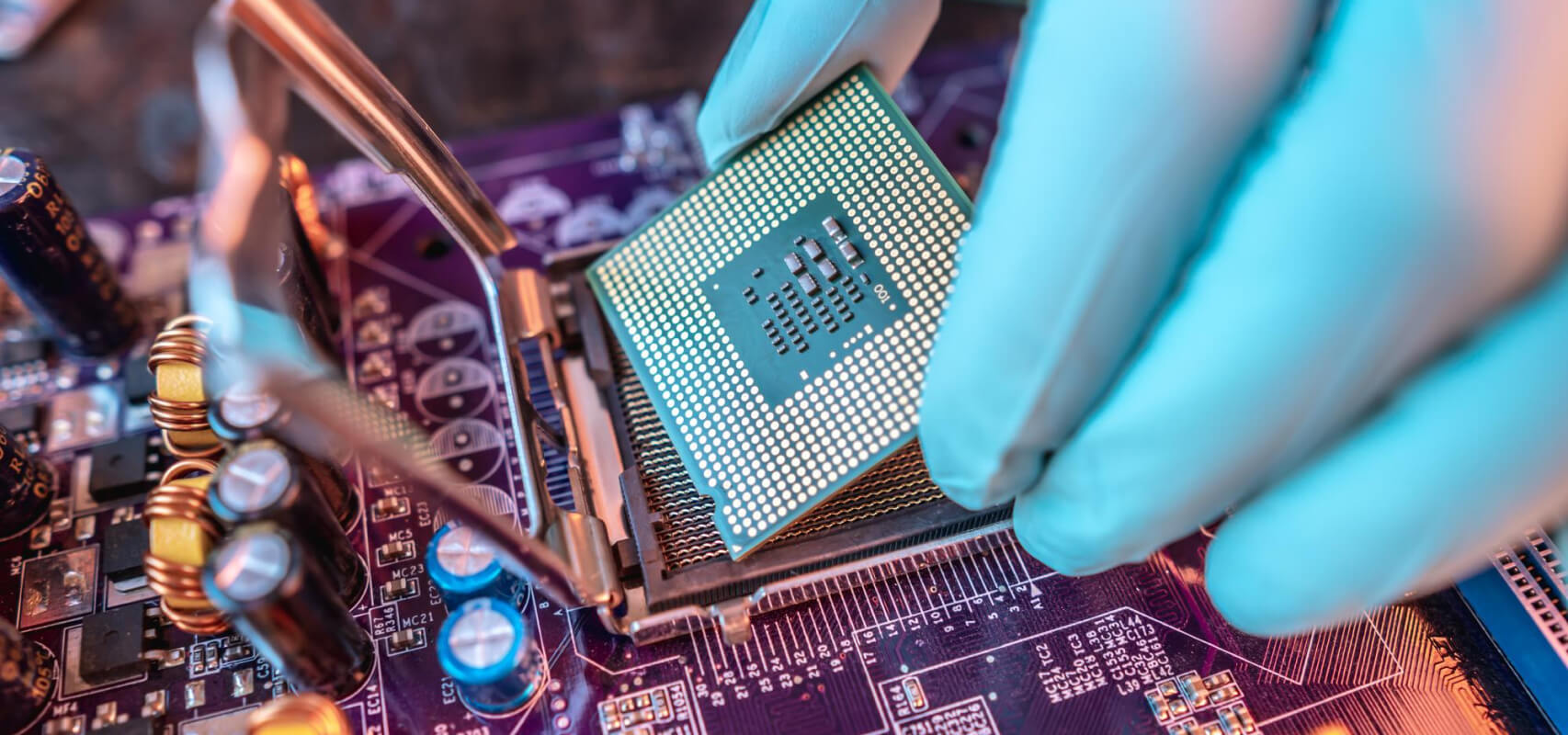Technological advancement has led to tremendous advancement in the automotive industry. VLSI is one of them, enabling the development of complex electronic systems. It aids in developing advanced memory chips, microprocessors, etc., paving the way for the future automobile.
Engineers can develop compact yet highly efficient electronic systems with VLSI technology. Furthermore, it lets add different useful functionalities to vehicles, like driver assistance systems (ADAS), self-driving, and entertainment systems.
Furthermore, the VLSI board design also miniaturized the automotive system, reducing the size and weight of components. In this blog, we delve into current trends, emerging trends, and limitations of VLSI physical design.
Current Trends in VLSI Design in the Automotive Industry
- Advanced Driver Assistance Systems (ADAS):
VLSI hardware design is vital in Advanced Driver Assistance Systems, enhancing vehicle safety and convenience. Various sensors are incorporated, aiding in collision warnings, lane departure alerts, adaptive cruise control, emergency braking, etc. Moreover, it also includes image and camera sensors, which assist in parking. LiDAR and radar sensors detect objects in dark and foggy situations.
- Autonomous Vehicles:
VLSI technology fosters the way for self-driving cars. Since it needs to process an immense amount of data, such as data from sensors, maps, and cameras, this data powered AI to make informed decisions, facilitating a safer drive. For instance, the VLSI’s physical design consists of various sensors, including RADAR AND LIDAR, which use radio and light waves. Radio waves detect closer objects, and light waves detect objects that are further away.
- Vehicle Connectivity and Infotainment Systems:
Modern vehicles offer a seamless experience to passengers, which includes entertainment, navigation, and communication services. VLSI technology aids in advanced electronic systems, such as voice recognition, smartphone integration, navigation systems, and the cloud. These features make driving better and also maintain the vehicle’s well-being.
- Electric and Hybrid Powertrains:
VLSI board design aids in power electronics advancements, which is essential for electric and hybrid powertrains. This enables better system performance and extends battery life. Moreover, it aids in optimal battery performance, safety, and longevity through real-time monitoring, precise battery health management, and efficient charging and discharging processes.
- Efficiency Enhancement:
VLSI board design can incorporate many transistors, allowing it to perform complex operations faster. It consumes less power than traditional circuit boards, contributing to higher efficiency in electric and hybrid vehicles. Moreover, VLSI paves the way for a better thermal management system, ensuring effective heat dissipation and power distribution.

Emerging trends in VLSI
- AI-driven VLSI Design:
AI has created endless possibilities, and its integration with VLSI has paved the way for various industries, including autonomous vehicles. AI gathers real-time data from VLSI chips and enables informed decision-making, as it can process massive amounts of data easily. This fosters autonomous vehicles to become part of daily life by analyzing complex surroundings, opening a new era of intelligence.
- IoT and VLSI:
The IoT revolution is in full swing, fostering the most advanced electronic system, and its integration with VLSI has led to advancement in the automotive industry. They led to less power consumption, enhanced security, and better data communication in autonomous vehicles. It also improves customer experience by enabling seamless communication over the internet, interaction with other devices, and cloud service.
- Edge Computing and VLSI:
Edge computing handles real-time data efficiently by analyzing and processing. When VLSI is incorporated in edge devices, it reduces the response time and latency, making it the best-suited electronic device in the automotive industry. VLSI design service providers offer energy-efficient and high-performance chips tailored for edge devices, such as cameras and sensors. Moreover, it opens new possibilities without compromising.
Challenges and Limitations of the Emerging Trends
-
- Complexity and Integration Challenges:
A VLSI design service provider might face challenges in managing the complexity of integrating various functionalities within a limited space and power constraints. Power consumption increases, and heat dissipation becomes a major concern. - Reliability and Safety Concerns: Ensuring fault tolerance and redundancy to mitigate system failures or malfunctions is essential, especially in safety-critical systems such as autonomous driving and ADAS.
With increased connectivity and integration of various systems, the risk of cybersecurity threats rises. The longevity and reliability of VLSI components and circuits, especially in harsh environmental conditions, remain a challenge. - Regulatory and Standardization Hurdles: Adhering to various regulations and standards poses a challenge for VLSI hardware design in automotive technology. These regulations cover safety, emissions, cybersecurity, and more, requiring continuous adaptation and compliance. Vehicles and their electronic components must comply with different standards and protocols, hindering global integration and adoption.
- Complexity and Integration Challenges:
Also Know: Sustainability in Semiconductor Engineering: Advancement and Innovations
Concluding Remarks
The journey of VLSI design in the automotive industry has only just begun, and its future is promising. As technology gets better, VLSI becomes more and more important in creating the next generation of vehicles, focusing on safety, connection, and being eco-friendly.
Tessolve is a VLSI design service provider that provides futuristic VLSI design, which allows the incorporation of new-age technologies, like AI, for a better and more efficient electronic device.



